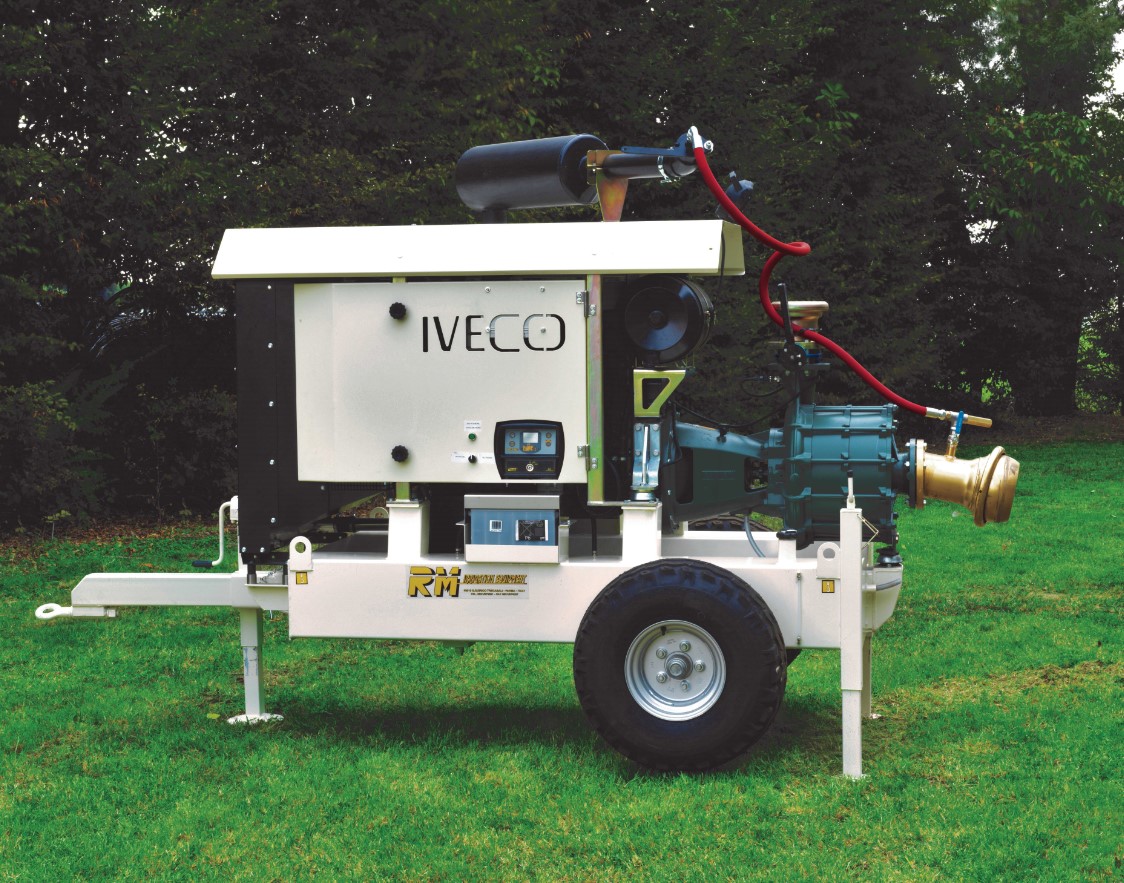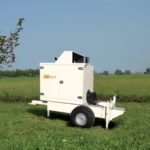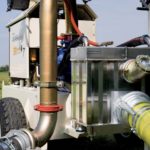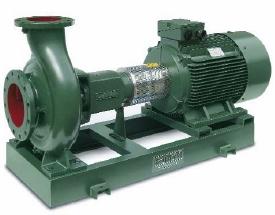Description
Pumps (pumping stations) driven by a diesel engine or as they are usually called “diesel motor pumps” are designed to move water and other media that are close to water in their chemical properties and viscosity. Today, diesel pumps are widely used in the agricultural, mining, construction, chemical industries, in the process of operation and repair work of various types of communications, in rescue work, in the household sphere. Despite the fact that diesel pumping stations have a somewhat specific purpose, limited by the function of pumping water media, there are many areas where they are actively used:
pumping water from lakes, reservoirs, wells, pools, pits;
pumping out of liquid in case of emergency conditions of sewer systems;
elimination of the consequences of floods and natural disasters, drainage of flooded basements and premises;
irrigation / watering of agricultural land, greenhouses, garden areas, as well as private household plots;
fire extinguishing (creation of backup systems);
water supply and sanitation.
If you decide to buy a pump with a diesel drive, pay attention to the important fact that this type of units, depending on their application, is available in two trim levels – standard and resistant to any kind of corrosion. In addition, it must be remembered that diesel motor pumps are divided into three categories – depending on the performance and degree of contamination of the pumped liquid:
With a two-stroke low-power engine and a capacity of up to 10 cubic meters / hour (clean water or with a light degree of pollution, i.e. with inclusions no more than 5 mm in diameter).
With a four-stroke engine and a capacity of up to 100 cubic meters per hour (clean water and water with a medium degree of pollution).
With a powerful diesel engine and high pump performance – up to 4000 cubic meters per hour (heavily contaminated water / slurry with inclusions up to 80 mm, including gravel, sand, silt, crushed stone, etc.).
Diesel driven pump design
Consider the design of a diesel driven pump. The unit consists of two elements fixed to the frame (or wheeled chassis): the centrifugal pump itself and the diesel engine (drive). The pump motor is equipped with:
a power supply system equipped with a remote fuel tank and a coarse filter;
cooling system with built-in water radiator;
exhaust gas discharge system with built-in exhaust silencer;
an air intake system equipped with an air filter;
electrical system equipped with a control panel.
The process of adjusting the operation of a diesel motor pump is carried out by increasing or decreasing the rotational speed of the drive shaft using the control lever.
Advantages of diesel driven pumps over other types of pumps
Pumping equipment driven by a diesel internal combustion engine, which is in great demand in many areas and areas, has a huge number of advantages, the main of which are:
compact dimensions;
high mobility of diesel motor pumps;
high efficiency;
simple and low-cost operation and maintenance;
a high level of wear resistance and durability of operation with regular and high-quality maintenance;
the ability to install a diesel pump on almost any terrain;
the possibility of multiple switching on;
no need for a source of electricity;
the maximum efficiency of the diesel pump drive is achieved with the minimum fuel consumption per unit of generated energy;
drive with high and even torque, allowing to work with highly contaminated liquids, including thick and viscous;
the ability to work with intermittent liquid media and air inclusions;
self-priming operating mode.
Disadvantages of diesel driven pumps
With all the obvious and significant advantages of diesel pumping equipment, one should not overlook its, albeit small, but still disadvantages:
significant noise during the operation of the unit;
when a diesel pump is connected to a drive through a manual transmission, its power and efficiency are lost;
additional costs for maintenance of the diesel engine.







 Individual approach
Each application is studied individually and we come with special offers according to the specified requirements.
Individual approach
Each application is studied individually and we come with special offers according to the specified requirements.